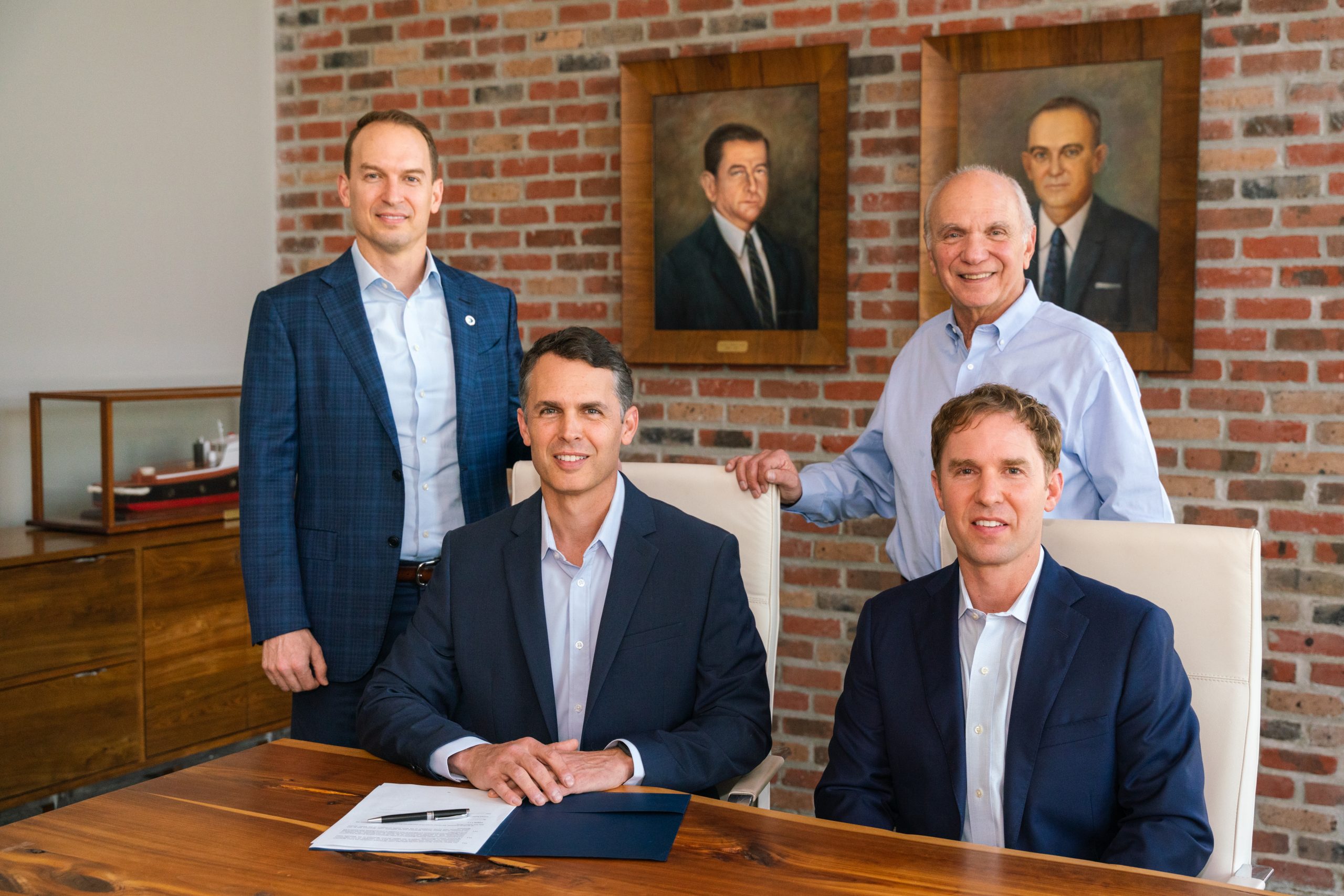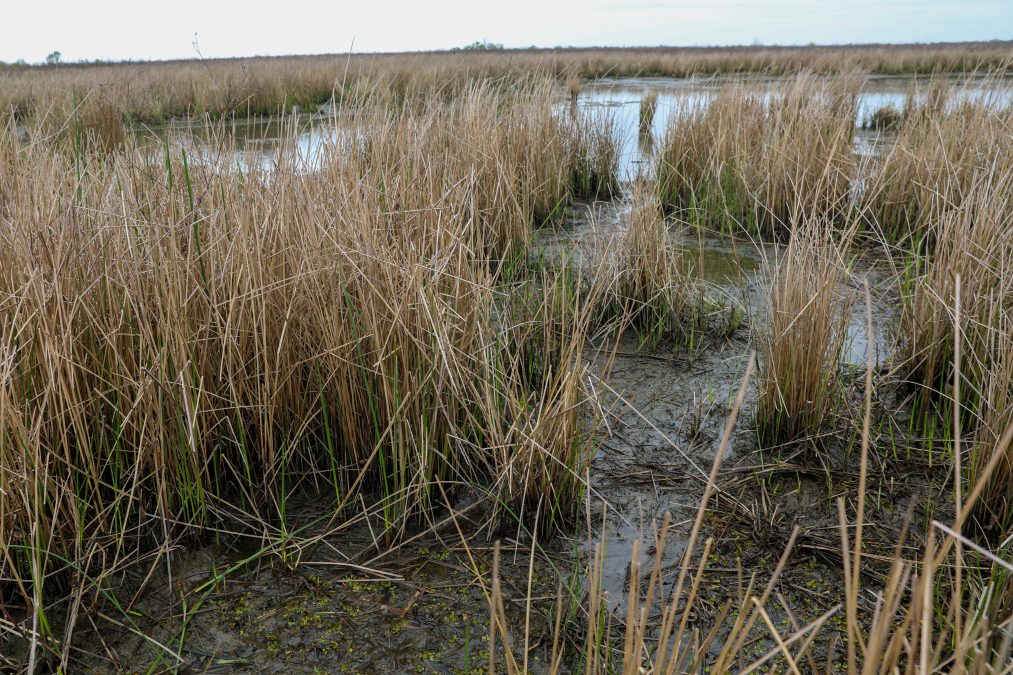
TPSD to host free student-athlete physical session
March 14, 2023
Danos acquires Wood’s offshore labor supply Gulf of Mexico operations
March 14, 2023Researchers in the LSU School of Renewable Natural Resources are collecting data on secretive marsh birds to better estimate the bird population on the coast. “Secretive marsh birds” is a collective term used to describe a species of wetland birds that live in dense vegetation.
Wetland wildlife ecologist and professor Andy Nyman and U.S. Geological Survey Louisiana Cooperative Fish and Wildlife Research Unit leader Sammy King are leading the research, along with graduate students Leah Moran and Aylett Lipford. Understanding the basic ecology of these birds and their population parameters may improve scientists’ ability to predict impacts from oil spills and inform coastal restoration.
Nyman explains that the overall research project is to understand where different bird species most likely occur in the landscape. This ultimately helps restoration planners decide where to restore marsh and if a particular restoration design will make a difference in the birds that appear in the landscape.
King has worked closely with state agencies since the onset of the project to advise where and how to rebuild marshes. “We’ve been working with engineers that are designing these restorations. Almost immediately a lot of these recommendations are getting added to some of the design considerations for the way they restore these sites,” King said.
Nyman and King are working with professionals from the Louisiana Department of Wildlife and Fisheries, The Water Institute and engineers in Louisiana Coastal Protection and Restoration Authority (CPRA) to develop a guidebook on coastal restoration for secretive marsh bird species. The living document provides them with technical guidance for features that may be important for some birds.
CPRA leads the effort in building created marshes. Created marshes, also called restored marshes, are engineered wetlands made from sediments that are often a byproduct of dredging projects. Created marshes vary in height, vegetation and water features. Historically, CRPA has focused on restoring land and vegetation in these sites, but little data has been collected on wildlife inhabitants.
“There is the assumption that if the vegetation looks right, the animals will follow, but that is not always the case,” Nyman said. “Our group is just looking at one particular suite of birds. There are other groups that are looking at colonial nesting waterbirds using islands and have a different ecology within the coastal marsh.”
Lipford’s master’s research focuses on features between the natural and created sites that may influence bird populations. They compare ten created sites to ten natural sites to determine whether bird diversity and abundance differ. “It seems there’s a ton of variation within each of these. We’re trying to look at what characteristics of that habitat and what the birds are selecting for at those sites,” Lipford said.
There are many variables to take into consideration. Lipford also looks at water levels and vegetation at each of the sites to determine what the birds are most likely to use. Long-term data provided by Coastal Reference Monitoring System (CRMS) has helped the group gather a more holistic understanding of how the coast differs from site to site. “Our coast is internationally significant from the standpoint of bird habitats, and there are very few places that you can go in the world where you have this type of resource,” King said.
King said that integrating the physical processes, meaning hydrology and sedimentation, with biological responses, for example, from birds, allows researchers to develop a more complete restoration approach along the coast.
“These CRMS stations capitalize on some long-term data that nobody else on the planet has the ability to do because of the investment that Louisiana made in their coast,” King said. “I think that from the standpoint of what we’re doing with birds and trying to understand these habitats the value of these stations are really increasing because we’re starting to have 10 to 15 years of data and we’re seeing these major changes along the coast.”






